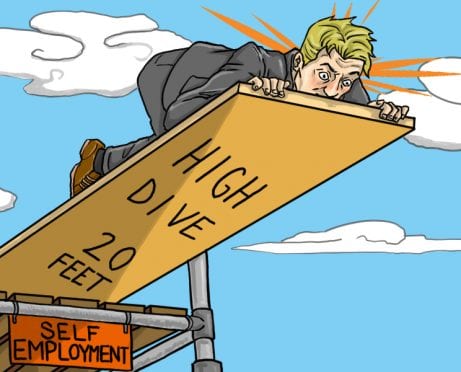Ever since Shaynee Traska was a little girl, all she wanted to be when she grew up was a long-distance dogsled racer in Alaska.
Perhaps this is uncommon for little girls, but I can relate: I also wanted to be an Alaskan dogsled racer. I even raced sled dogs as a teenager and worked as a helper to a professional racing team in Two Rivers, Alaska, for a year after I graduated from high school. For various reasons, though, I didn’t end up as a professional dogsled racer. But Traska did what I couldn't — and she’s living her dream every day.
Traska started out running sled dogs in Michigan, where her parents bought her first sled dog team when she was a teenager (albeit after many years of asking). Her parents fully supported her in everything she did, both emotionally and financially. When she was old enough to begin working, she saved up everything she made to fund her dream.
By the time she was 23, she had saved enough money to move to Alaska with her dogs and begin seriously working toward her long-term dream of racing in the Iditarod and the Yukon Quest, the two longest dogsledding races in the world.
Financial Challenges
Along the way, she’s faced many challenges. One of the biggest problems is financing.
It costs tens of thousands of dollars a year to maintain a full-fledged racing kennel.
She has to spend $12,000 per year on dog food alone — not to mention the cost of things like sleds, harnesses, coats, and boots (for humans and dogs alike), fuel, vet care, and a hundred other things that it takes to maintain a racing sled dog kennel.
Need Pet Insurance? Get a Free Quote — Visit Site >>
Side Hustling to Success
To overcome the financial hurdle, Traska combines her passion with her income. Each year, she heads down from her home base in Two Rivers, Alaska, to Juneau to work as a tour guide giving rides with her dogs to people who come ashore from the cruise ships.
She spends most of her winter training the dogs, although she does still give rides and tours to people on occasion. By the time winter is over, her funds need replenishing, so she heads back south again to save up money for the following winter.
Naturally, at the end of a very long (or very short, depending on the season) Alaskan day, there is little money left over to think about normal stuff like a house, a car, or furniture. For part of the year, Traska even lives in a small cabin without running water or electricity.
“We don’t own a TV, we rent a modest cabin, we cut firewood to use in the woodstove to help cut down on the cost of heating fuel … We just bought a futon for $50, our first real piece of furniture, and think we are living the high life!”
This App Makes Managing Your Finances Easy — Start Budgeting Today >>
Missing Family
Forgoing these things doesn’t bother Traska too much, but what’s been hardest on her is being thousands of miles away from family. “The biggest sacrifice is living so far from my family in Michigan and not having the money to fly home to visit,” she says.
“An $800 plane ticket may not seem like a big expense to some people, but to a dog musher, it's huge. That money can be used to buy a lot of dog food, so that’s what it goes to. Since moving to Alaska in 2012, I have only left the state twice, and only once to see family when I got married in the fall of 2014. It’s just too expensive to travel, let alone paying someone to take care of 40 dogs while I am gone.”

Living the Dogsledding Dream
Traska says that the hardship is worth it. “Sometimes when I’m out there with my team in the middle of nowhere, I think back to that 9-year-old (me!) dreaming of running through the Alaskan wilderness with a team of sled dogs. And how incredibly blessed I am to be able to be doing what I love.”
Traska came in 48th during her first Iditarod in March 2018 and continues to raise and train dogs in Two Rivers. You can follow Traska and her team on their Facebook page.










